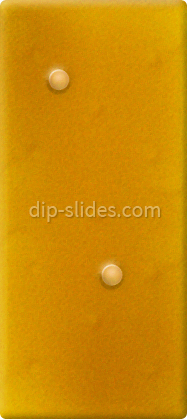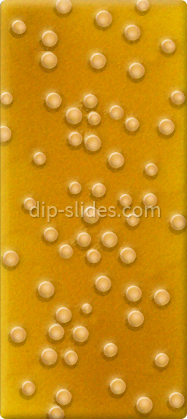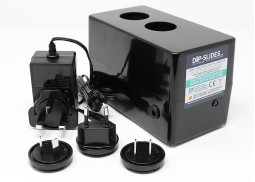Your Basket
Cart
(0)
Cooling Water / HVAC Dipslides (Box of 10)


|
INCLUDES TTC RED SPOT DYE |
It is important to test the 'general health' of cooling water. You can do this using our CWBTM2 (Nutrient and Malt Extract Agar) dipslides. Ideal for cooling towers and HVAC testing.
Buy Now Online :
£13.94
Price Excludes TAX

|
. UK Mainland only. (View Details). |

|
Current stock level : 1290 |

|
Current Stock expiry date : |

|
Reward Points |
| Volume Discounts | ||
|---|---|---|
| Order 25 or more | Receive a 2.5% discount | Price £13.59 |
| Order 50 or more | Receive a 5.27% discount | Price £13.21 |
| Order 100 or more | Receive a 8.92% discount | Price £12.70 |
| Order 250 or more | Receive a 14.24% discount | Price £11.95 |
| Order 500 or more | Receive a 18.89% discount | Price £11.31 |
| Order 1000 or more | Receive a 21.5% discount | Price £10.94 |
| Product Information | ||
|---|---|---|
| Front Agar Type | Nutrient TTC | |
| Front Agar Colour | Straw | |
| Front Agar Growth | Total Count (TTC / Red Spot) | |
| Rear Agar Type | Malt Extract | |
| Rear Agar Colour | Brown | |
| Rear Agar Growth | Yeasts & Moulds | |
| Certification | ISO 9001 | |
About Our Cooling Water / HVAC Dipslides (Box of 10)
Reviews (independently collected by reviews.co.uk)
 Verified Customer
Verified CustomerPoole, United Kingdom
They will be used to test the water on site and if bacteria is found actions will be taken to remedy this
Reviewed on 02/12/2024

 Verified Customer
Verified CustomerCamden, United Kingdom
Yes this is ideal for what we use it for
Reviewed on 24/06/2024

 Verified Customer
Verified CustomerScunthorpe, United Kingdom
Used to test standing water containers in factory for legionella
Reviewed on 25/10/2023

 Verified Customer
Verified CustomerGlasgow, United Kingdom
Easy to re-order for Dip-slides for testing the water coolant tanks on our machines,simple testing and nothing complicated about it.
Reviewed on 06/06/2022

 Verified Customer
Verified CustomerCape Town, South Africa
Really good to be able to receive instant feedback on the condition of the cooling water. Slides are clear and simple to read against the chart
Reviewed on 15/03/2021

 Verified Customer
Verified CustomerKuala Lumpur, Malaysia
Packaging of dipslide was received in good condition with clear user manual and easy to use.
Reviewed on 24/02/2021

 Verified Customer
Verified CustomerReviewed on 06/05/2020

 Verified Customer
Verified CustomerThe product comes with clear instructions making the procedure easy to follow and carry out.
Reviewed on 09/12/2019

 Verified Customer
Verified CustomerReviewed on 16/09/2019

You might also like


































